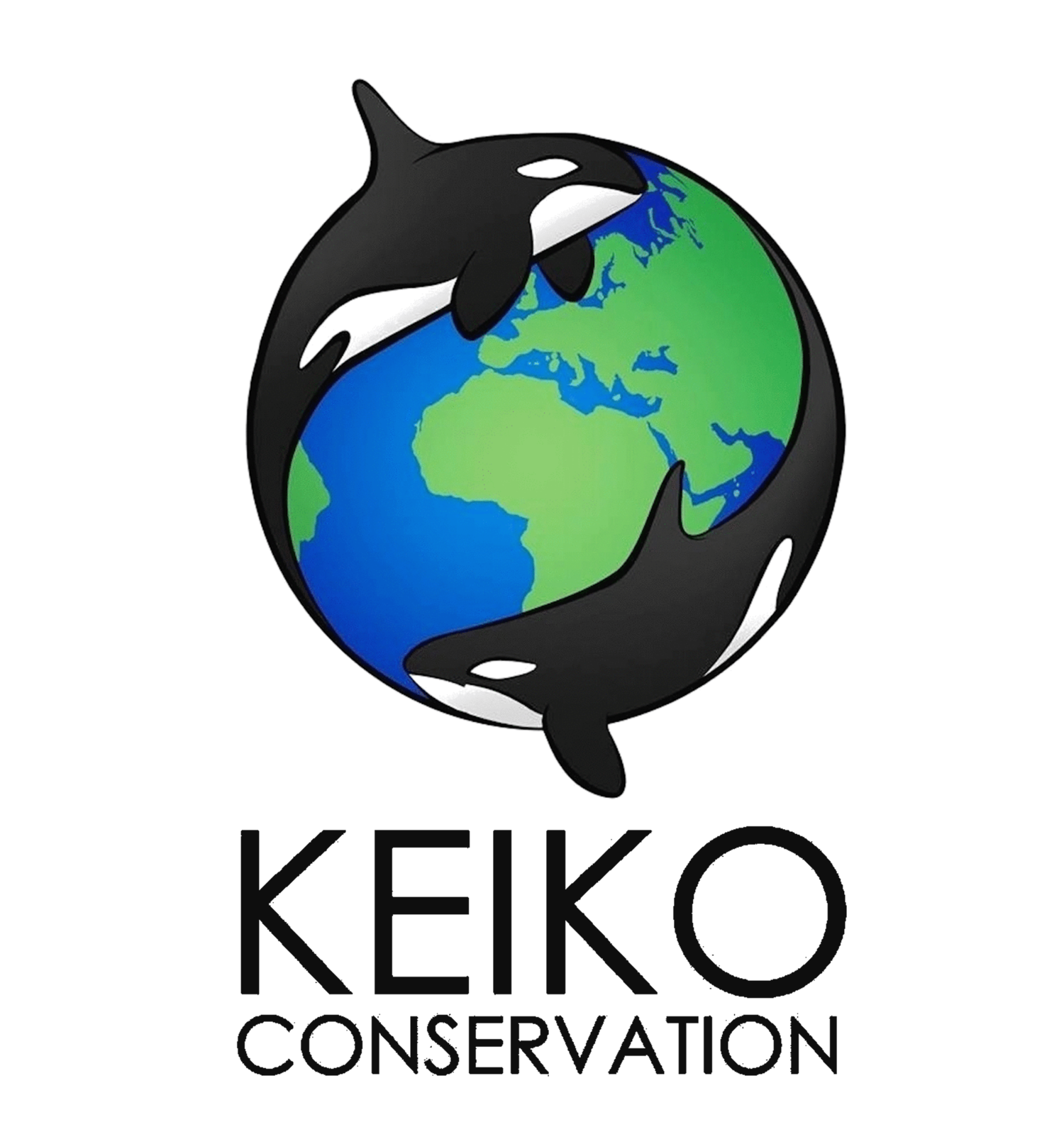Whaling FAQ
Isn’t it illegal?
Technically, there is an international ban (or moratorium) on commercial whaling that the International Whaling Commission (IWC) put in place in 1986. Unfortunately, the IWC is a voluntary commission, it cannot force compliance or punish those who choose not to follow its rules. After the ban, Norway began whaling under the guise of “science,” much like Japan continues to try and get away with. Although according to an article by Naturvernforbudet from 1992, Norwegian whale scientists did work closely with whalers at one point, it was because the scientists had created a new patent for a harpoon.
In 1994, Norway announced they would be officially disregarding the ban and resuming commercial whaling.
Do people in Norway even eat whale meat?
“We must rebuild demand for whale meat.”
-The deputy director of the Norwegian Fishermen's Sales Organization
The demand for whale meat in Norway has dropped significantly, with an estimated 5% of Norwegians eating whale meat as of 2012 (NOAA). The government has actually made attempts to re-popularize this demand through marketing. They've spent an estimated 5 million USD on PR campaigns to promote their whaling and fishing industries since 1992. These campaigns have led to pushing trendy whale dishes on the country's youth and visitors, focusing on "brand association," and even putting whale sushi and burgers at music festivals, but without much success.
Then what is the meat used for?
With so much leftover whale meat, some of it is exported or at least attempted to be exported to different countries. Before the moratorium on whaling, Norway would export more than half of their meat to Japan. Norway still tries to sell excess meat to Japan, but it hasn't been easy. In 2008. five tons of whale meat exported to Japan was found with "bacterial contamination and high lactic acid levels" so it was never sold. Japan also has too much whale meat on their hands, with an estimated 4,500 to 6,000 tons being held in long-term cold storage while they try and figure out a way to make use of it. Other exports have been made to the Faroe Islands since 2003, another place known for its slaughter of whales.
Recently, it was discovered that lot of the meat has gone to feed animals in fur farms. These animals are skinned to use for coats and accessories. In one sale, 124 tons of meat from an average of 75 minke whales was "delivered to the largest manufacturer of animal feed for the Norwegian fur industry, according to the Animal Welfare Institute and the Environmental Investigation Agency."
Is it humane?
Despite fishermen's claims that the hunt is humane, Norway hasn't released any records regarding how long it takes the whales to die after being struck by the harpoons since 2004. In 2006, a paper submitted to the IWC by the Environmental Investigation Agency and World Animal Protection showed that the average time it took a whale to die after being struck was over 14 minutes. 14+ minutes of suffering.
In addition, a Norwegian documentary disclosed that the majority of the whales being caught appeared to be pregnant. It is not believed that these pregnant whales are being targeted intentionally, but because they were being caught more frequently due to the fact that they are slower and larger.
Is it safe to eat?
Whale meat from Norway has been rejected by Japan more than once over the years after finding it to contain dangerous levels of pesticides, harmful bacteria, or high lactic acid levels. A few years ago, the Animal Welfare Institute and Environmental Investigation Agency discovered that after reviewing some of Norway's imported meat, Japan recommended it be returned or abandoned due to such concerning contaminates.
To read more on Norwegian whaling we recommend:
OneEarth's "Norwegians Hate Whale Meat So Why Does The Country Insist On Whaling"
Whale And Dolphin Conservation (WDC)'s "Whaling In Norway"
The Dodo's "Animals Killed For Their Fur Are Being Fed Whale Meat"
The Animal Welfare Institute's "Norwegian Whale Products Trigger Public Health Concerns"


